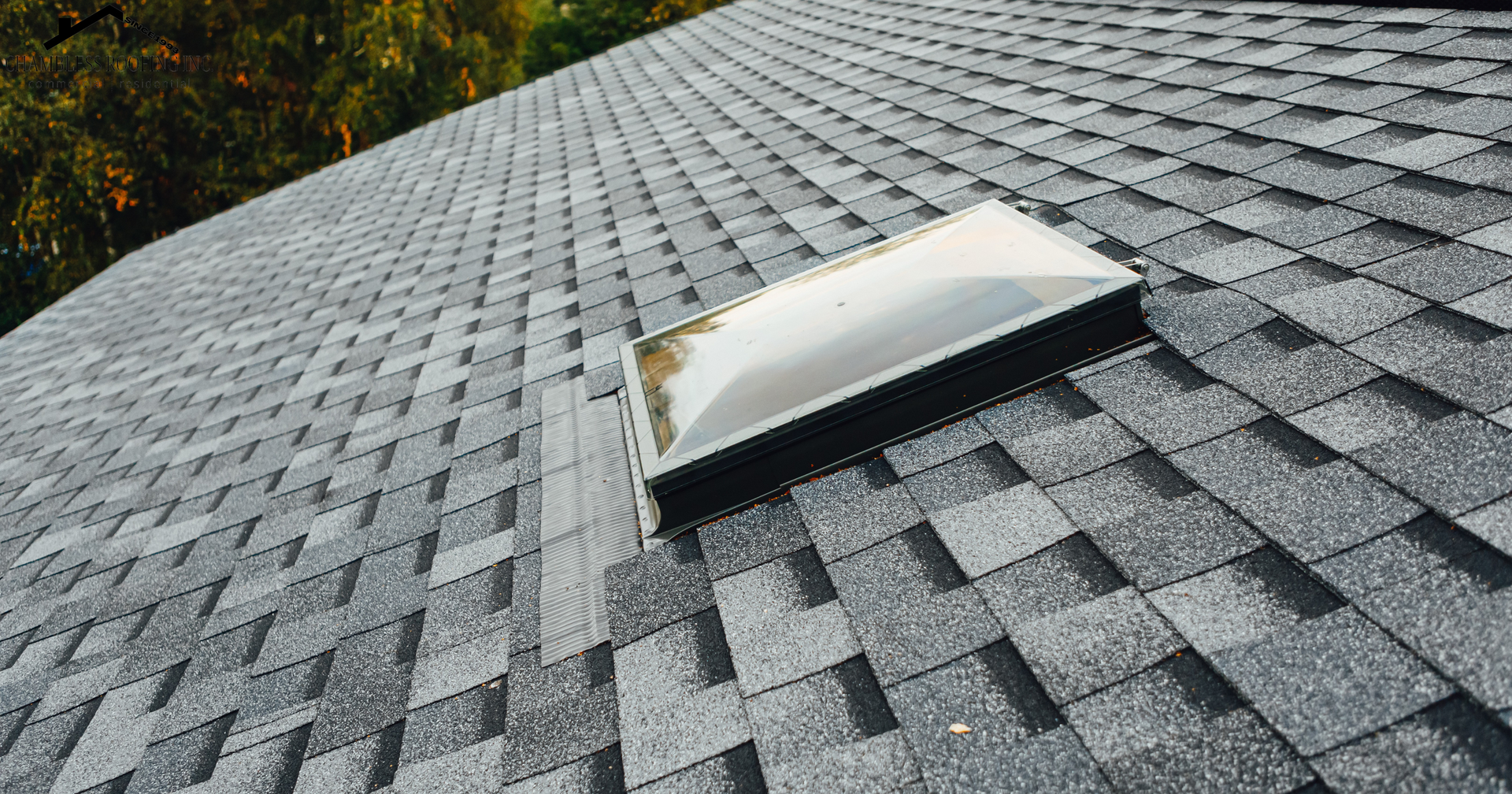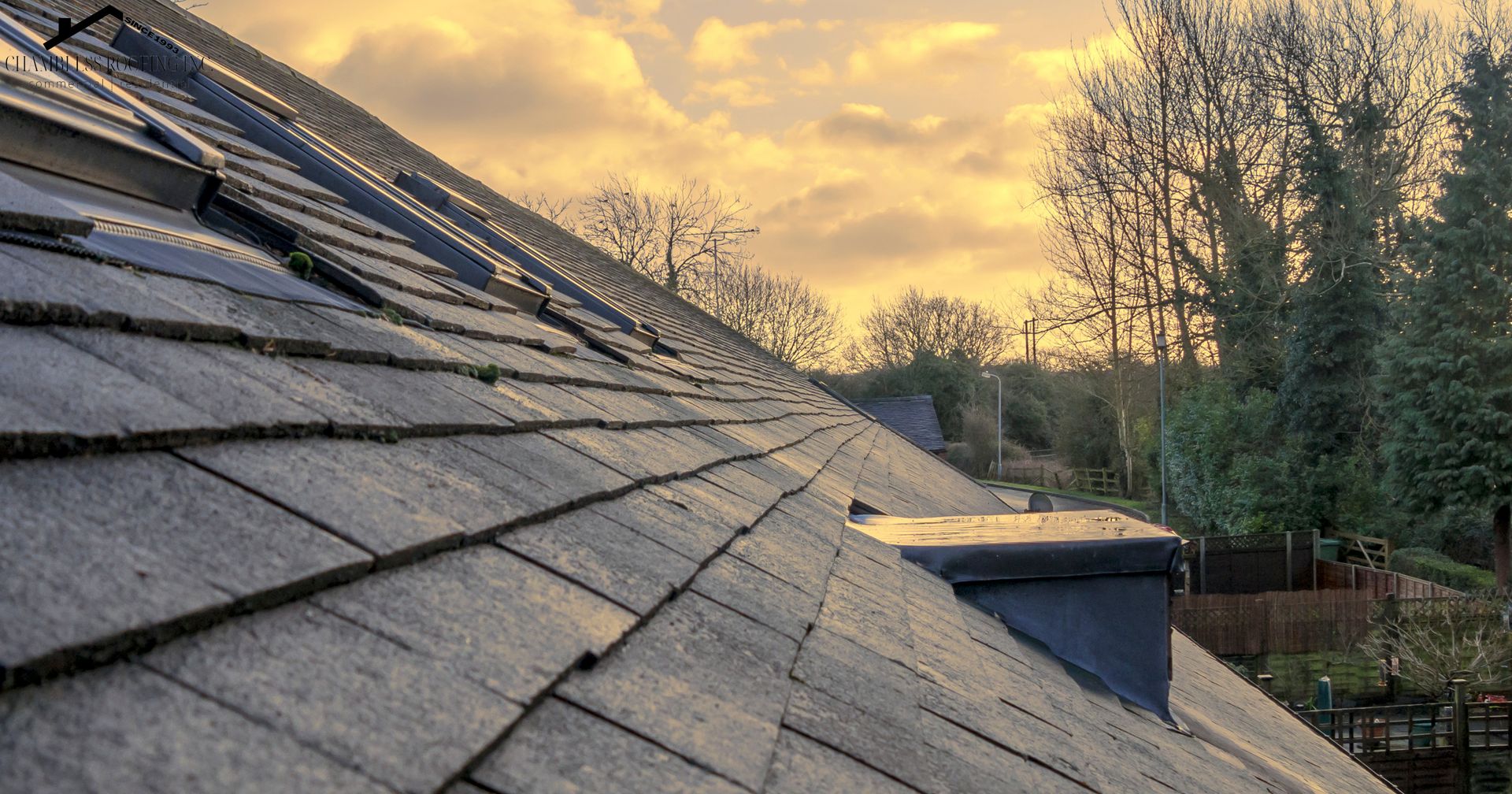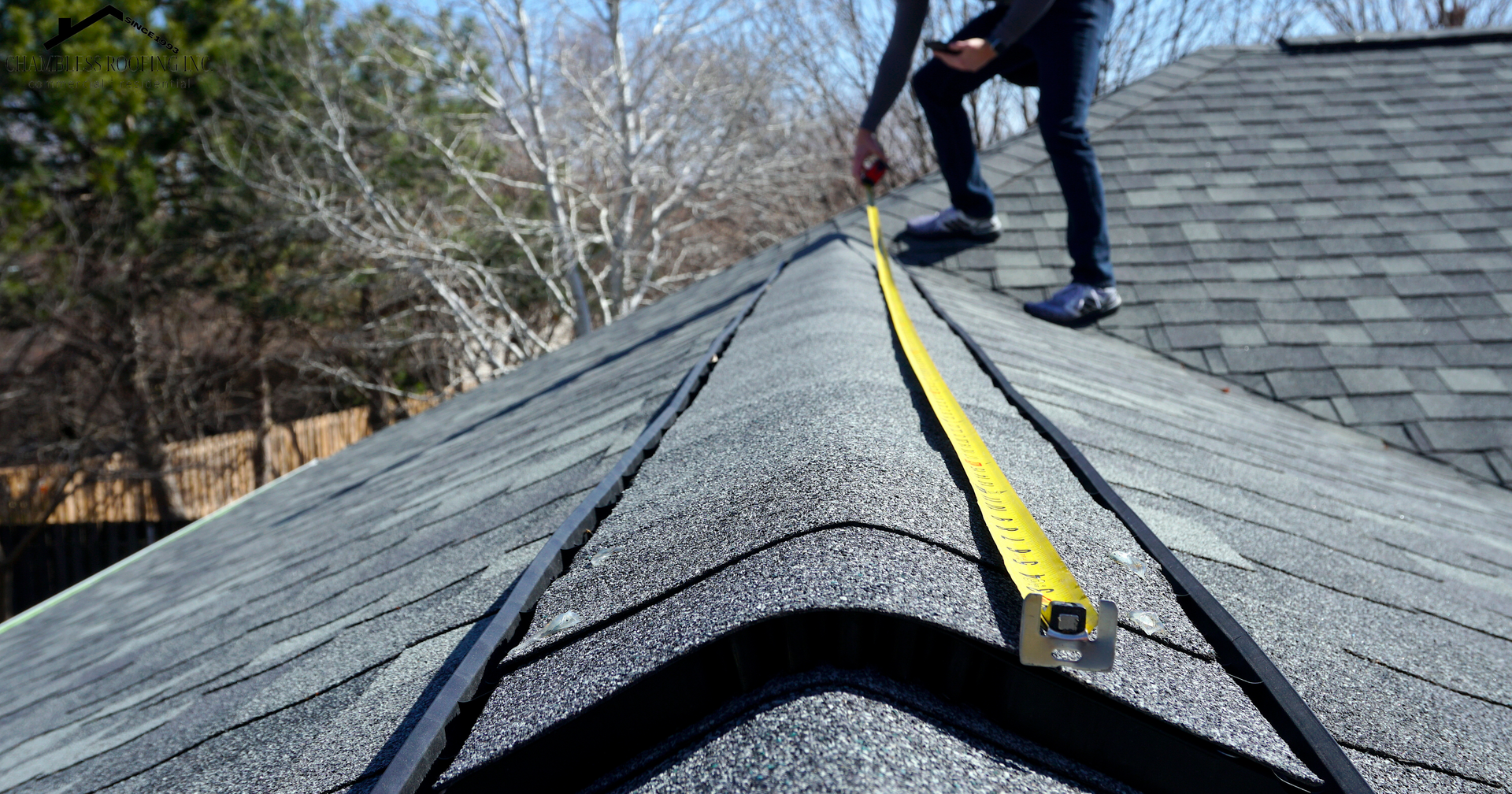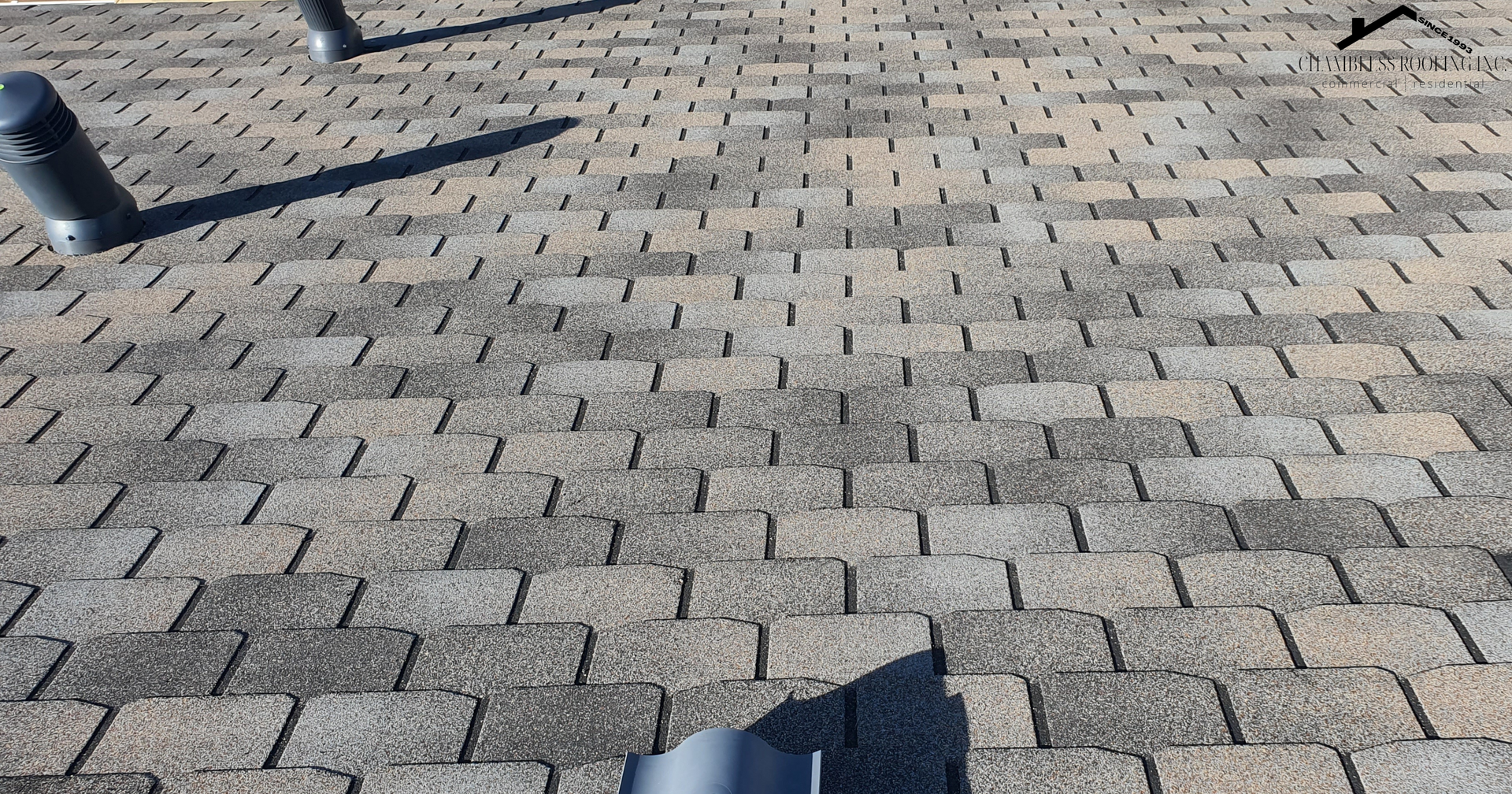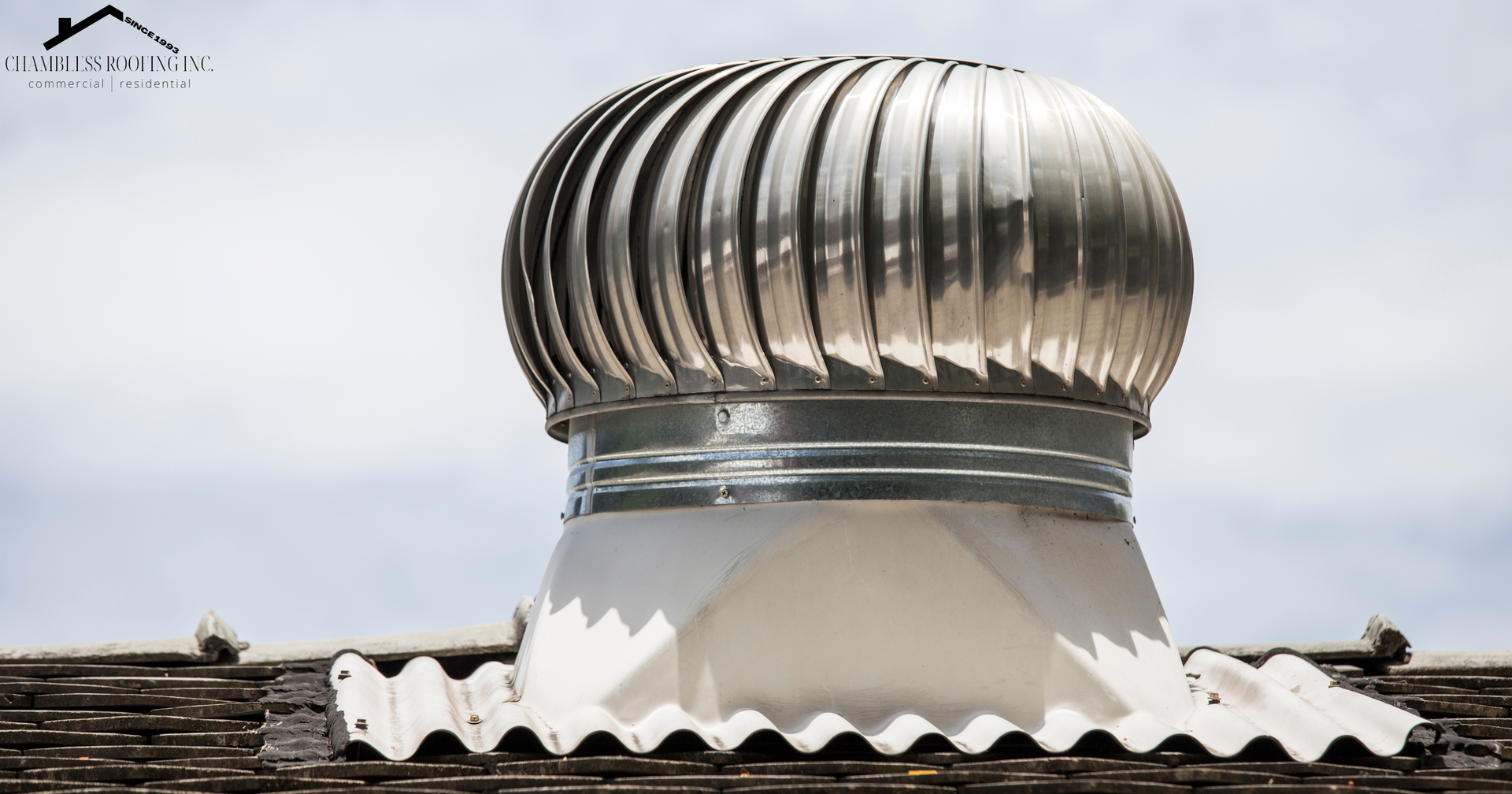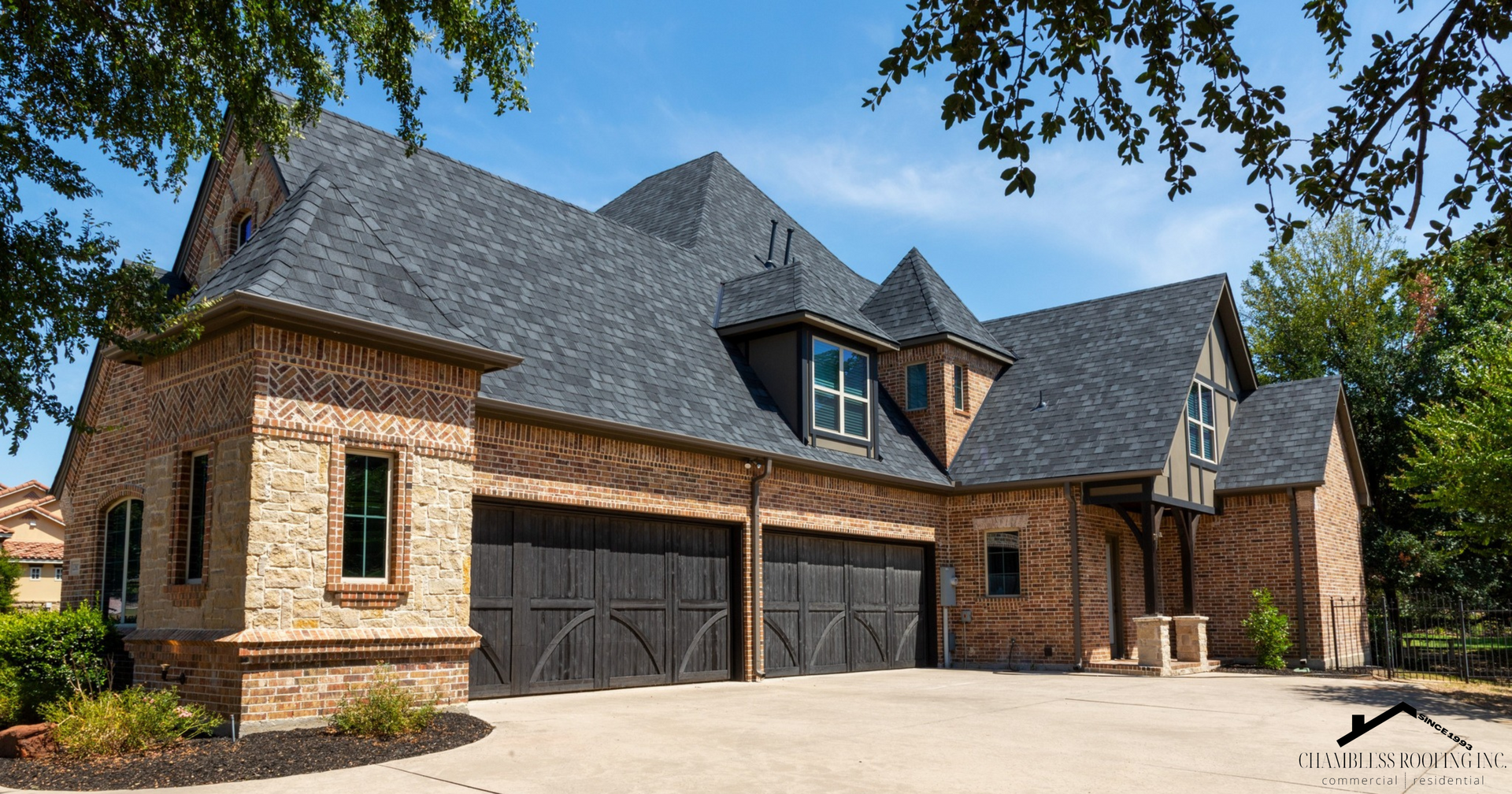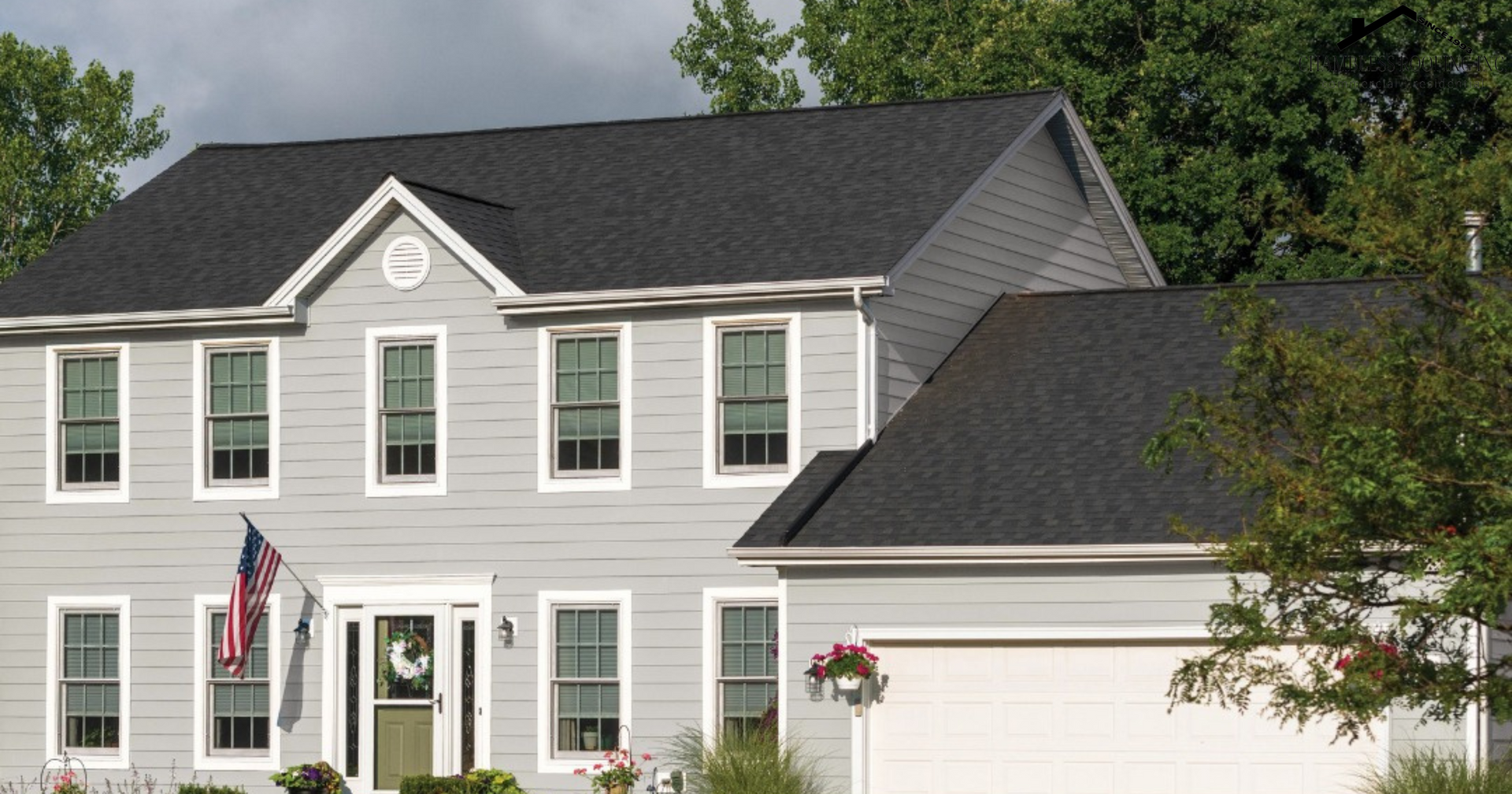Importance of Attic Ventilation Before Winter: Preventing Moisture, Ice Dams, and Energy Loss
Ensuring a Healthy Attic Environment for a Cozy & Efficient Winter Season
Attic ventilation is important before the winter season for several reasons:
Preventing Moisture Buildup: During the colder months, warm air from inside the living spaces can rise into the attic. If this warm air is not properly ventilated, it can condense on cold surfaces in the attic, leading to moisture buildup. This moisture can cause problems such as mold growth, wood rot, and deterioration of insulation, which can impact the structural integrity of the attic and the overall energy efficiency of your home.
Preserving Roof Materials: Adequate attic ventilation helps regulate the temperature in the attic space. If the attic becomes too hot due to poor ventilation, it can lead to the premature aging of roofing materials, such as shingles. This can reduce the lifespan of your roof and lead to the need for costly repairs or replacements.
Preventing Ice Dams: Ice dams form when snow on the roof melts due to warm air escaping from the attic, and then refreezes at the eaves where it's colder. Proper ventilation helps maintain a consistent temperature on the roof, preventing the uneven melting and refreezing that contributes to ice dam formation. Ice dams can lead to water leaks and damage to both the roof and interior of your home.
Maintaining Energy Efficiency: A well-ventilated attic helps regulate the temperature difference between the attic and the living spaces. This can reduce the load on your home's heating system and help maintain a more consistent indoor temperature, leading to energy savings and improved comfort during the winter.
Extending Insulation Effectiveness: Insulation in the attic plays a crucial role in maintaining energy efficiency. Poor ventilation can lead to the deterioration of insulation due to moisture accumulation, reducing its effectiveness in keeping your home warm during the winter.
To ensure effective attic ventilation before winter, it's important to have a balanced system of intake and exhaust vents. This allows for the flow of fresh air from the outside to enter the attic and for warm, moist air to exit. Common types of vents include soffit vents (intake) and ridge vents or gable vents (exhaust). Consulting with Chambless Roofing can help you assess your attic ventilation needs and make the necessary adjustments to prepare for the winter season.

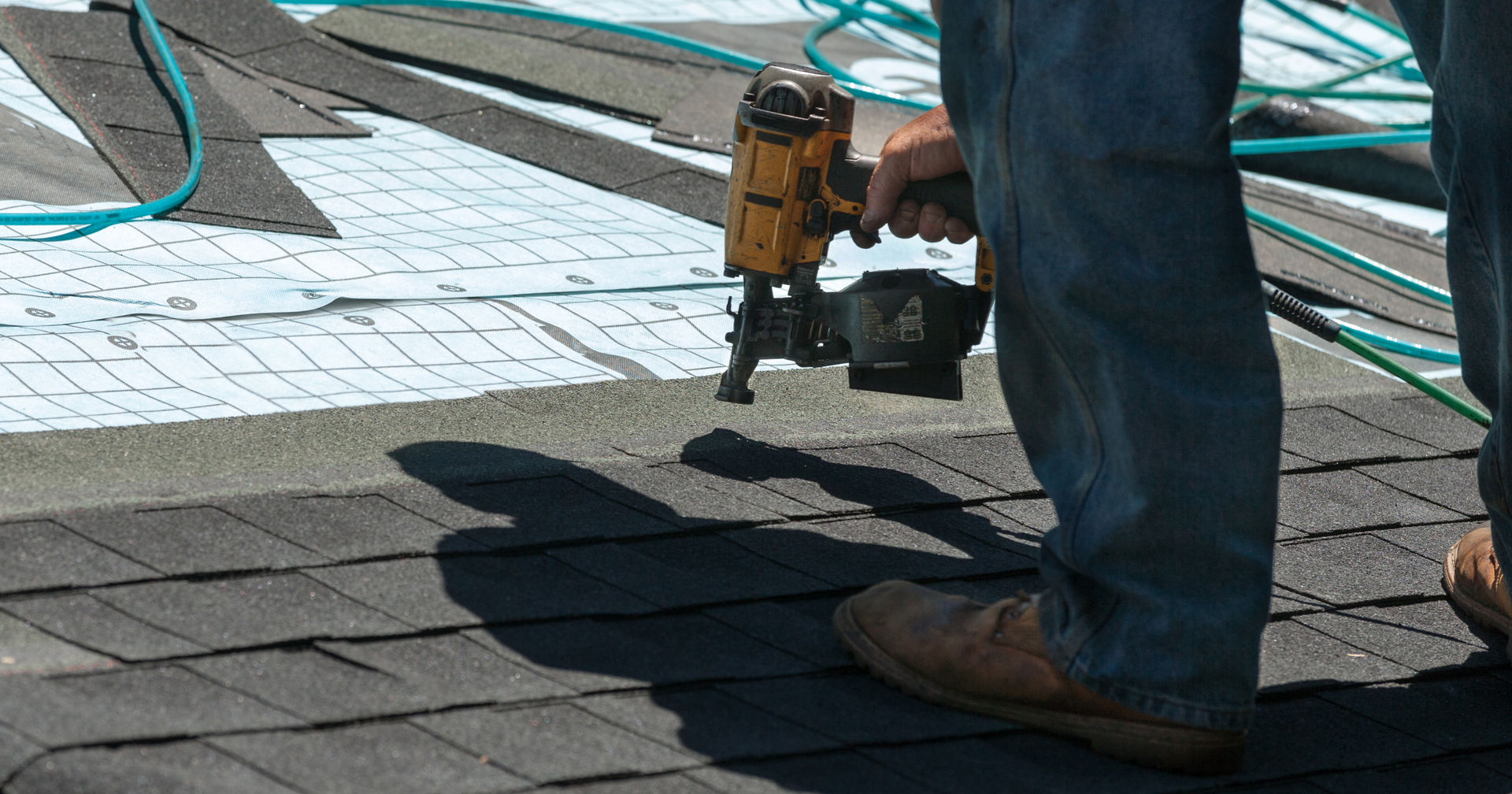


1005 West 5th St.
Scott City, KS 67871

Monday - Friday: 8am - 5pm
Closed from 12pm-1pm
Saturday & Sunday: Closed



